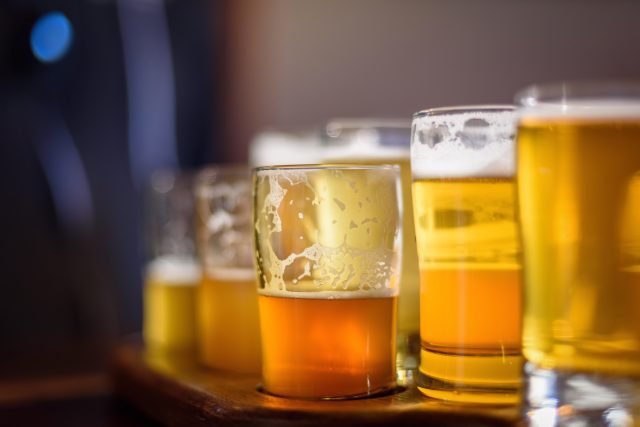Brewers call for alcohol-free to be 0.5% ABV
The Society of Independent Brewers (SIBA) has called on the government to redefine its classification of alcohol-free to help small brewers and provide clarity to the sector.

The news follows the government’s decision to consult on the definition of alcohol-free, and whether to raise it from the current level of 0.05% to 0.5%.
SIBA said such a move would bring the UK in line with the EU and America, and provide clarity and consistency for consumers as a result, as well as helping producers.
The society believes that delivering a 0.5% ABV for low- and no-alcohol labelling descriptors would reduce the level of complexity and assist small independent brewers. It believes that smaller producers may not be able to enter the market without the change, due to the ‘specialist and expensive brewing equipment’ needed to get to 0.05%.
Fledgling sector
Speaking about SIBA’s response to the government’s consultation, CEO Andy Slee, said: “The low- and no-alcohol sector has increased year on year with our latest SIBA/YouGov poll showing that 18% of beer drinkers are consuming low alcohol beer.
“For small independent breweries, it is a fledgling sector and our members are increasingly looking to add new innovative low alcohol beers to their range but are hindered by confusing labelling guidance and the barriers to accessing the market.
“The health minister has the chance to provide clarity and address the inconsistencies and give a real boost to our independent breweries looking to response to increase consumer demand for tasty and interesting low alcohol beers.”
The current rules means imported beer from Germany and the United States can be described as 0.5% in the UK to achieve alcohol-free labelling. But this would automatically put UK producers are at a disadvantage, because their products need to contain no more than 0.5% ABV to be considered alcohol-free.
In addition, achieving the 0.05% strength is beyond the affordability for the “vast majority of small breweries”, SIBA said.
Labelling changes
The Government is also considering other labelling changes as part of the consultation, including the ABV strength on the front of the label alongside age restrictions and the Chief Medical Officers’ low risk drinking guidelines.
SIBA has specifically called in its response for low alcohol to be 1.2% ABV and below, non-alcoholic and alcohol-free to be 0.5% ABV and below, and de-alcoholised to be those which have undergone the process.
Partner Content
The government began the consultation in September in a move which would put Britain in line with countries including the US, Denmark, Germany, Australia, Sweden, Portugal, and Belgium, if the 0.5% ABV threshold is agreed upon.
Public health minister Neil O’Brien said the government was “looking to further support (the) growth” of the sector, and admitted that “Many other countries around the world already allow more freedom over this”.
He said: “Liberalising labelling guidelines could also help people make more informed choices about the drinks they buy. We want to encourage the growth of no and low alcohol alternatives for those looking to moderate their alcohol intake.”
Speaking to the drinks business, Rob Fink, founder of alcohol-free only brewer Big Drop explained at the time that flavour was also an issue: “0.5% may only be a trace of alcohol but it makes all the difference to taste.
“All 0.0% beers have had the alcohol removed and that can ruin the taste. A 0.5% beer, however, has been naturally brewed using traditional methods and end result is a beer so good you won’t miss the alcohol.”
WSTA
In August, The Wine and Spirit Trade Association (WSTA) also developed the UK’s first low- and no-alcohol guides, and was concerned about ‘confusion’ in the category.
Chief executive of the WSTA, Miles Beale, said at the time: “Clarity and consistency of government descriptors is far more likely than punitive and muddled excise duty reforms to achieving the Government’s stated aim of growing the no and low drinks sector.
“While it’s stating the obvious, it is absolutely vital that consumers understand what it is they are buying if they are going to support this small but growing segment of the market. If the Government wants to see a continued change in consumer behaviour it needs to work closely with the producers and retailers, where the expertise lies.
“We are encouraging DHSC to press on with the consultation and make the changes producers, retailers and consumers want, so they can get on with supporting the growth of low and no products.
Related news
Northern Monk to raffle 15 litre Nebuchadnezzar of imperial stout




